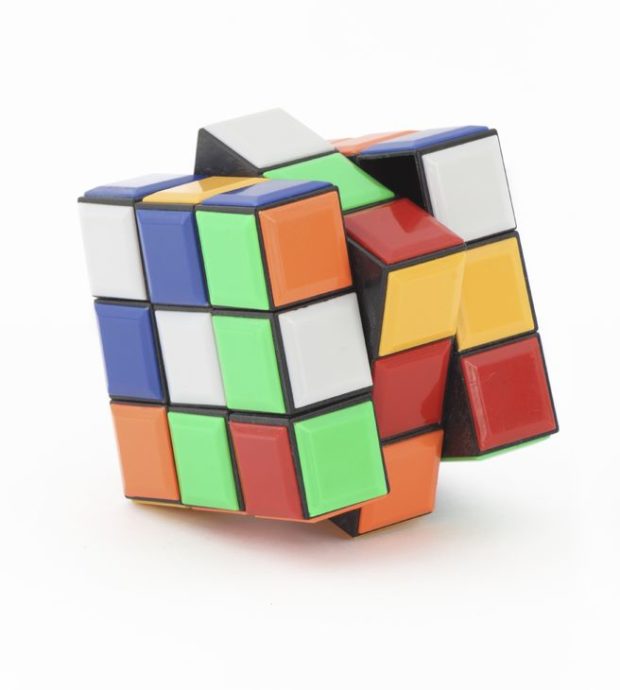
INQUIRER.net Stock Photo
An artificial intelligence system has managed to learn how to solve a Rubik’s Cube without guidance or any form of assistance from humans.
Researchers from the University of California, Irvine, developed a new way to train an AI to teach itself how to solve puzzles such as a Rubik’s Cube. They call the process “autodidactic iteration,” according to a study submitted to the Cornell University Library.
Using autodidactic iteration, the AI system, dubbed “DeepCube,” trained itself by taking a finished cube and then working backwards to figure out whether a move would be an improvement over the current scrambled configuration being shown to it. Traditional training methods ask AI to simply “memorize” configurations. DeepCube figures out the different configurations it can use as reference on its own.
Once the the training is completed, DeepCube then uses a standard search tree as a point of reference and compares the configurations it has learned in order to solve a puzzle being presented. This process allowed the AI to solve randomly scrambled Rubik’s Cubes 100 percent at a time, with an average of 30 moves used. This puts DeepCube’s “skill” at par with, if not better than, other puzzle-solving AI.
With DeepCube’s success with Rubik’s Cubes, the research team behind it plans to apply its system to more puzzles such as “protein folding” or the prediction of protein tertiary structure.
Protein folding was previously outsourced to human puzzle solvers in the form of an online game called FoldIt. Scientists hoped puzzle solvers could find new protein structures and designs that researchers might miss in their studies using computer algorithms. The program was created to show evidence that “human folders” were more effective than computers. /ra
RELATED STORIES:
Rubik’s Cube new world record set by 15-year-old
5G network standard finalized, ready for commercialization
People getting lower IQ scores, researchers claim in recent study